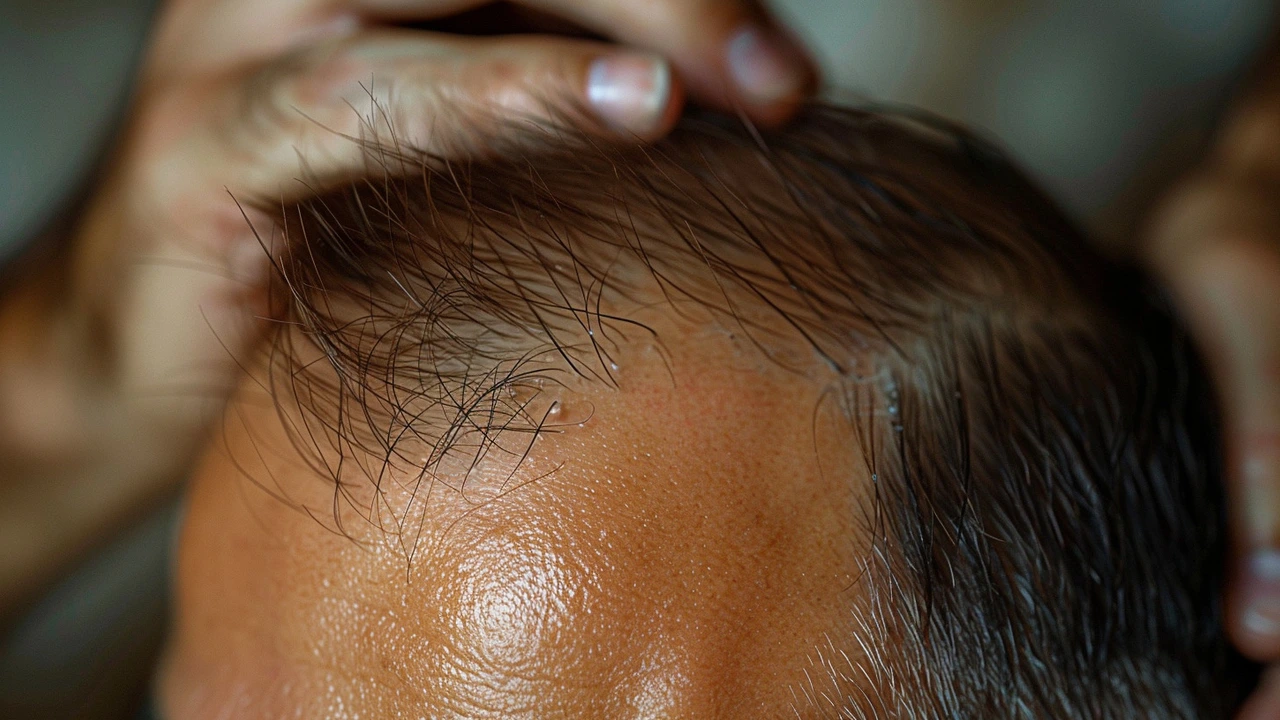Propecia (Finasteride): What It Does and How to Use It
Propecia is the brand name for finasteride 1 mg, a pill many men use to treat male pattern hair loss. It works by lowering the hormone DHT in the scalp, which slows hair thinning and can help regrow hair in some men. If you’re thinking about Propecia, this guide tells you what to expect, how to take it, and practical safety tips.
How Propecia works and what to expect
Finasteride blocks the enzyme 5-alpha-reductase type II. That enzyme turns testosterone into DHT, the hormone that shrinks hair follicles. By lowering DHT, Propecia reduces further hair loss and can improve hair density on the crown and mid-scalp. Results don’t show overnight: most men see changes after about 3 to 6 months, with clearer improvement at 12 months. If you stop the pill, DHT returns and hair loss usually resumes within a year.
Realistic expectations matter. Propecia helps many men keep hair they still have, and some get regrowth. It works best for recent and mild-to-moderate hair loss. It won’t restore a full head of hair if follicles are long dead.
Dosage, side effects, and smart use
The standard dose for hair loss is one 1 mg tablet once daily. Take it with or without food at the same time each day to build a habit. Don’t double up if you miss a dose; continue the next day as usual.
Side effects are usually uncommon but worth knowing. Some men report decreased libido, erectile difficulty, or lower ejaculate volume. For most, these effects are mild and reversible after stopping the drug, but a small number report persistent symptoms. Finasteride can also lower PSA (a prostate cancer screening marker), so tell your doctor you’re taking it before any PSA test. Women who are pregnant or might become pregnant should not handle crushed or broken tablets—finasteride can harm a male fetus.
Before starting, talk with your doctor about your medical history, other meds, and family risk for prostate disease. If you notice breast lumps, nipple discharge, sudden sexual problems, or mood changes, report them right away.
Buying tips: Propecia usually requires a prescription in many countries. Beware cheap, unverified online sellers—counterfeit meds are common. Use licensed pharmacies, check for pharmacist contact info, and confirm packaging and batch numbers on arrival. If cost is an issue, ask your doctor about generic finasteride options, which are often cheaper and equally effective.
Bottom line: Propecia can be a simple, effective way to slow hair loss and help some men regrow hair. Commit to at least six months to see if it’s working, keep in touch with your doctor, and buy from trusted pharmacies. That approach keeps you safer and gives the best chance of a positive result.

Finasteride in Propecia & Proscar: A Potential Shield Against Heart Disease
Recent research highlights a surprising benefit of finasteride, the active ingredient in hair-loss medications like Propecia and Proscar. Beyond treating male pattern baldness and an enlarged prostate, finasteride is now linked to a lower risk of heart disease in men, thanks to its cholesterol-lowering effects.
